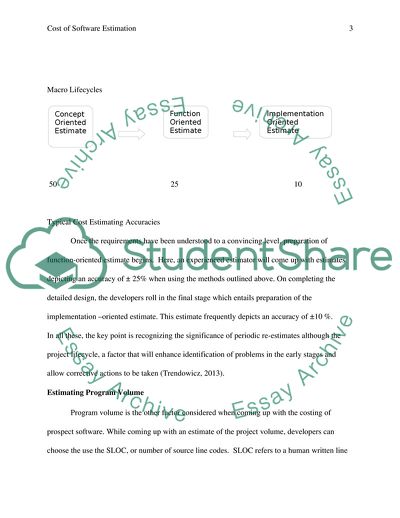Cite this document
(Cost of Software Estimation Coursework Example | Topics and Well Written Essays - 1250 words, n.d.)
Cost of Software Estimation Coursework Example | Topics and Well Written Essays - 1250 words. https://studentshare.org/information-technology/1830565-how-do-you-estimate-the-cost-of-software-to-be-developed
Cost of Software Estimation Coursework Example | Topics and Well Written Essays - 1250 words. https://studentshare.org/information-technology/1830565-how-do-you-estimate-the-cost-of-software-to-be-developed
(Cost of Software Estimation Coursework Example | Topics and Well Written Essays - 1250 Words)
Cost of Software Estimation Coursework Example | Topics and Well Written Essays - 1250 Words. https://studentshare.org/information-technology/1830565-how-do-you-estimate-the-cost-of-software-to-be-developed.
Cost of Software Estimation Coursework Example | Topics and Well Written Essays - 1250 Words. https://studentshare.org/information-technology/1830565-how-do-you-estimate-the-cost-of-software-to-be-developed.
“Cost of Software Estimation Coursework Example | Topics and Well Written Essays - 1250 Words”. https://studentshare.org/information-technology/1830565-how-do-you-estimate-the-cost-of-software-to-be-developed.


